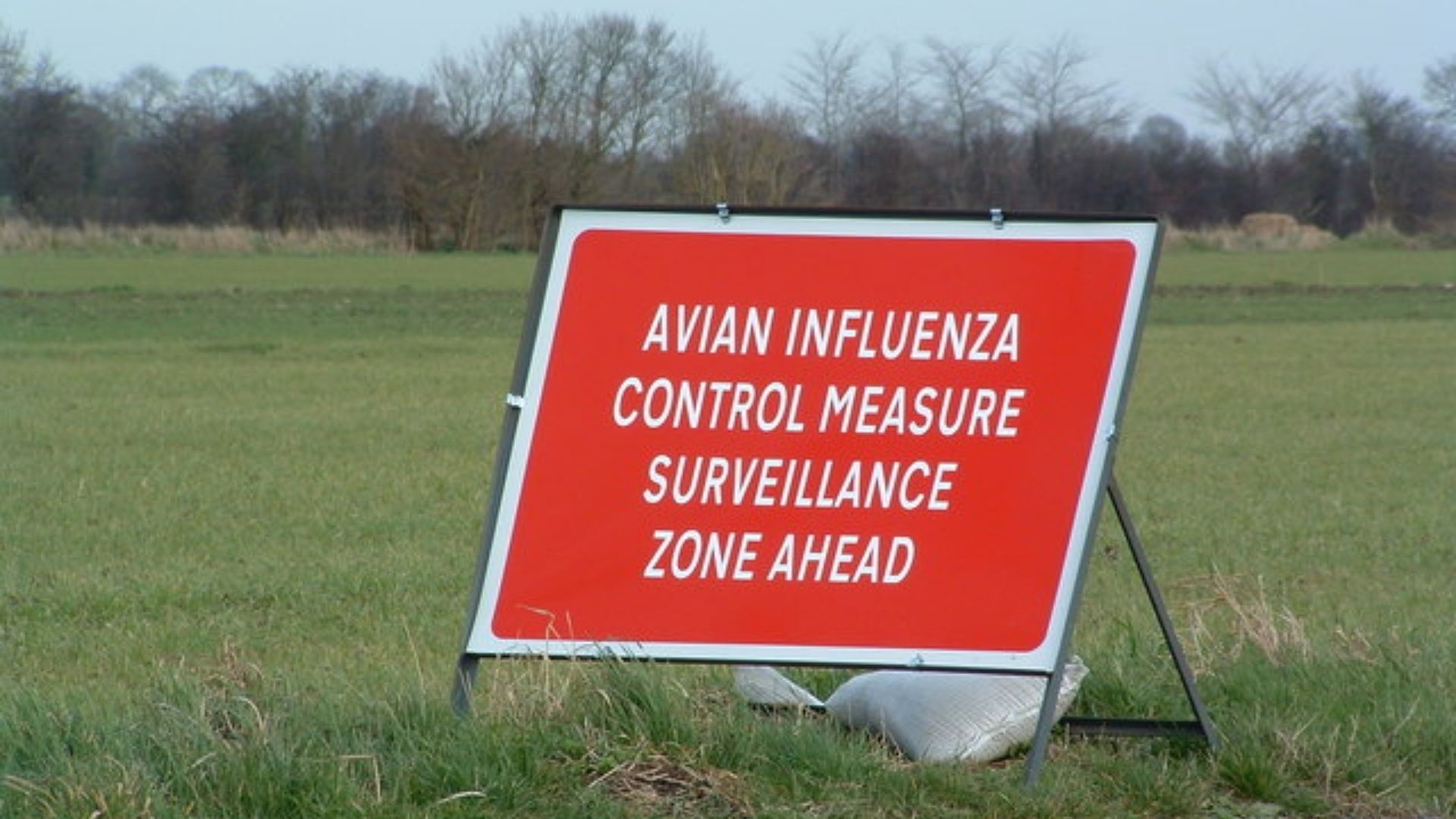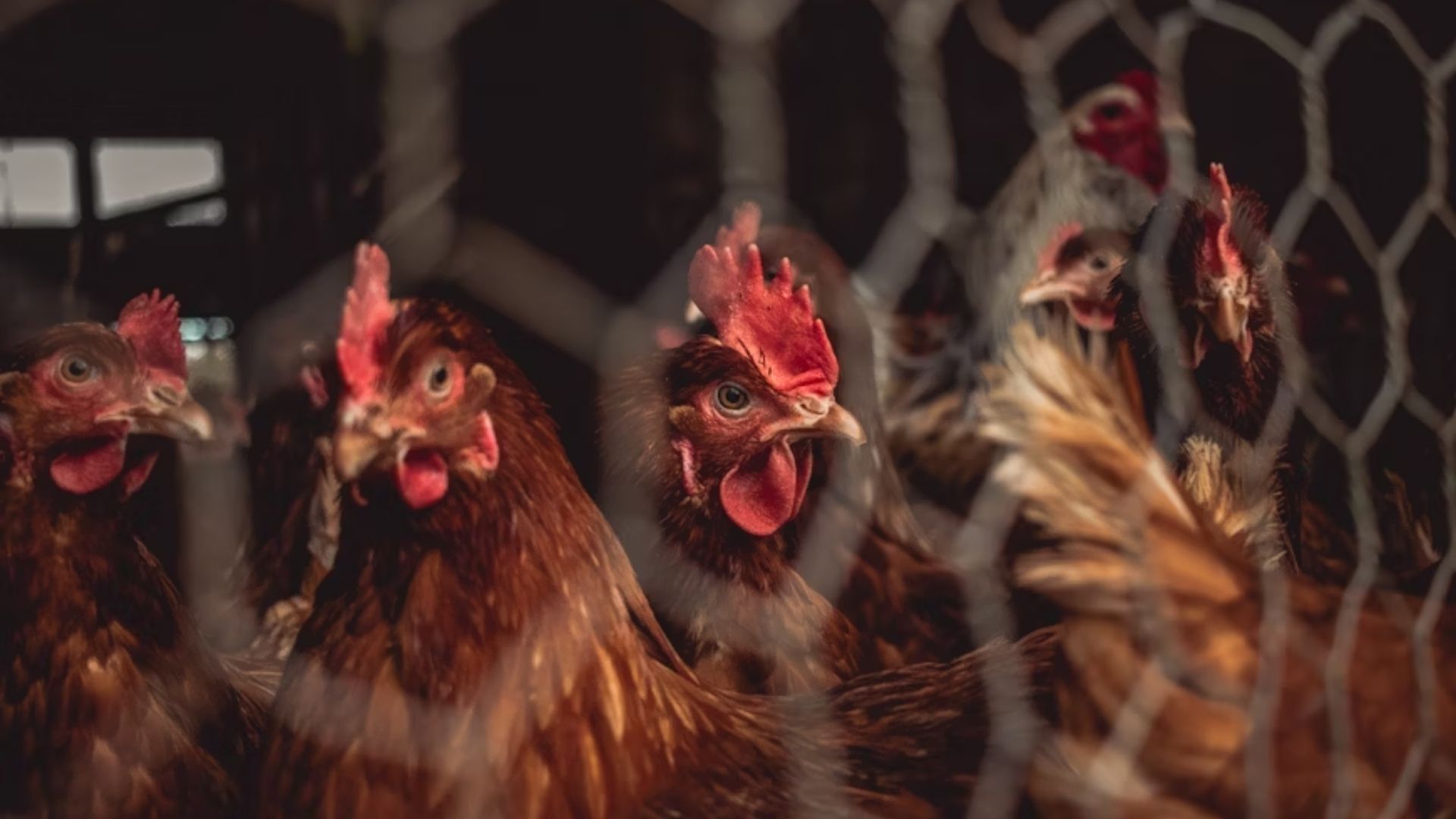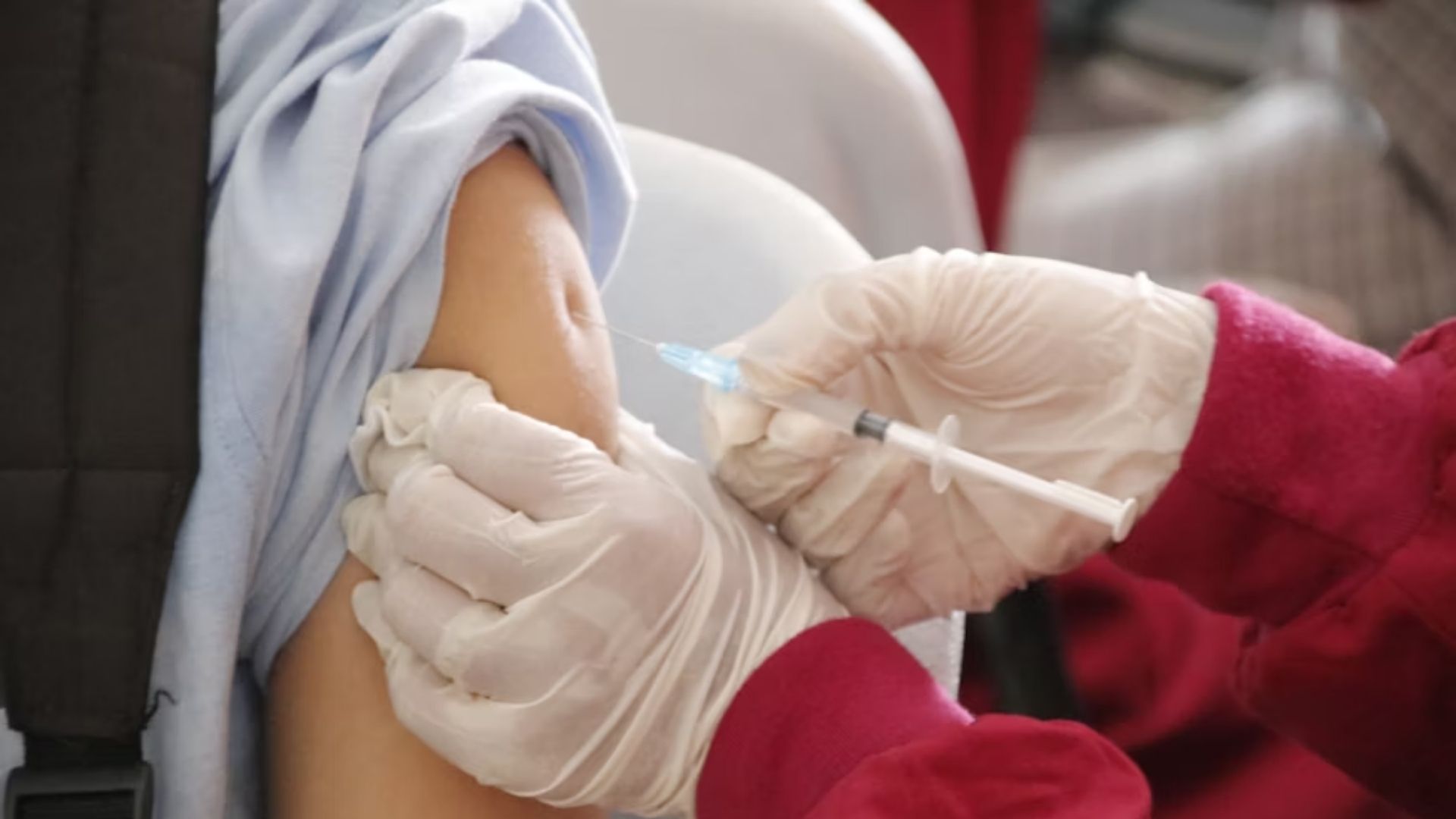Following the spread of bird flu throughout the US over recent months, new fears have arisen that cats and dogs could also be at risk.
According to the New York Times, “Scientists have long known that cats are vulnerable to being infected.” Now, a recent uptick in bird flu cases among the species is causing a fresh wave of concern – as are cases in dogs.
What is Bird Flu?

Bird flu, officially known as avian influenza (AI), is a viral disease typically found in birds. In 2020, a new version of the virus known as H5N1 was identified – spreading around the world at an alarming pace.
Since its emergence four years ago, H5N1 has gone on to not just infect birds but also cows, humans, and other mammals – now including cats and dogs. In humans, bird flu symptoms can include fever, aches, coughing, and pink eye.
Timeline of Bird Flu in US

In late 2021, H5N1 was first detected in North America via poultry in Canada. A few months later, in February 2022, an outbreak of bird flu was reported among turkeys in the US.
In April 2022, the US reported it’s first human case of H5N1 and by February 2023, more than 50 million chickens were found to have been affected in the US – making this one of the largest bird flu outbreaks in known history. Last month, the third human case in the US was reported.
How Are Cats Getting Bird Flu?

The first cats known to suffer from H5N1 in the US have been found in dairy farms across the North American country. Dr. Kammy Johnson, a veterinary epidemiologist, said these cats have proven “a canary in a coal mine” during the outbreak.
It is believed that many cats have caught H5N1 after drinking raw milk from sick cows. Some cases among cats may have also been caused by contaminated poultry and infected birds.
How Does Bird Flu Impact Cats?

The exact fatality rate of H5N1 among cats is unknown, but veterinary epidemiologist Dr. Younjung Kim believes it is “shockingly high”. At one impacted shelter in South Korea, 38 out of 40 cats died.
A study that has yet to be peer-reviewed suggested that the H5N1 fatality rate is 67% among cats. Symptoms recorded among infected cats have included fever, loss of appetite, stiffness, tremors, and seizures.
What About Dogs?

Dogs have also been known to contract H5N1, with such cases recorded in Canada and Poland. However, dogs generally seem less susceptible to the flu than their feline counterparts.
A recent analysis of 200 hunting dogs found that only four dogs had antibodies suggesting they had previously been infected with the strain of bird flu. Of the four, none had displayed symptoms or passed on the virus. However, the possibility remains that the nature of the virus could change and present a bigger threat to dogs in the future.
Are Cats Spreading Bird Flu?

Just as there is no evidence that dogs have spread H5N1, there is also no evidence that cats have contributed to the spread.
However, just because there is no evidence that cats have spread the virus so far, doesn’t mean they can’t do so. “We do not fully understand whether or not they are capable of transmitting,” said Dr. Johnson.
How To Protect Your Pets

According to the New York Times, “Pets that remain indoors should be at exceedingly low risk, experts said. But owners should avoid feeding their pets raw milk or raw meat, which both could potentially transmit the virus.”
The Times added, “Paying attention to the local situation can help, too; owners may want to keep their pets indoors more, or supervise them more closely, if bird flu outbreaks have recently been reported in their area.”
More Bird Flu Testing Needed

Last week, Dr Nirav Shah, a senior figures at the US centers for Disease Control and Prevention (CDC), said there is not currently enough testing for bird flu in the US. “We’d like to be testing particularly not just symptomatic workers, but anyone on a farm who is exposed,” said Shah.
However, Shah seemed reluctant to push the issue in case it damaged trust among farm workers. Shah said, “right now we want to be in a role where we’re building trust with farms and farm workers.”
Millions of Vaccines Ready

Nearly 5 million vaccine doses are being prepared for use in responding to the H5N1 outbreak. However, it remains unclear when the vaccine will be available given the regulatory steps needed to make the vaccine widely available.
“While CDC’s current risk assessment to the general public is low, if it is determined that the U.S. population needs to be vaccinated to prevent H5N1 influenza, then the FDA will use its regulatory pathways to take the appropriate steps to ensure vaccines are available in the timeliest manner possible,” said an FDA spokesperson.


